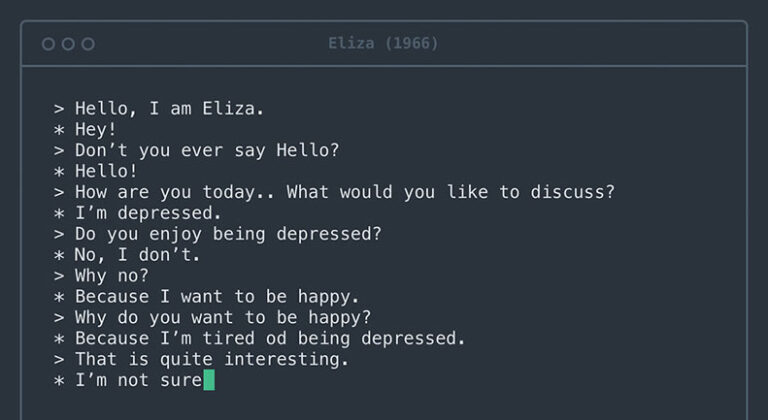1950: Alan Turing publishes his paper ‘Computing Machinery and Intelligence’
In the year 1950, the world was introduced to a paper that would forever change the way we think about artificial intelligence. Alan Turing, a British mathematician and logician, published his seminal work titled “Computing Machinery and Intelligence,” which laid the foundation for the field of AI and raised fundamental questions about the nature of intelligence and the possibility of creating machines that can think.
Turing’s paper is perhaps best known for introducing the concept of the Turing Test, a test of a machine’s ability to exhibit intelligent behavior indistinguishable from that of a human. In the paper, Turing proposed that if a machine could successfully fool a human into believing that it was also human through a series of text-based conversations, then it could be considered intelligent.
This bold assertion sparked a heated debate among scientists and philosophers about the nature of consciousness and the limits of machine intelligence. Turing argued that intelligence is not limited to humans and that it is possible to create machines that can think and learn like us. This idea challenged the prevailing view at the time that intelligence was a uniquely human trait.
Turing’s paper also laid the groundwork for the development of early AI systems, such as the famous Turing Machine. This theoretical device, which is considered the basis of modern computers, could perform any calculation that could be described by a set of instructions – a concept that paved the way for the digital revolution that followed.
Despite the controversy surrounding his ideas, Turing’s work has had a lasting influence on the field of artificial intelligence. His pioneering research laid the foundation for the development of AI technologies that are now an integral part of our daily lives, from personal assistants like Siri and Alexa to self-driving cars and advanced medical diagnostics.
As we look back on the year 1950 and Alan Turing’s paper, we can appreciate the visionary ideas that have shaped the field of artificial intelligence and continue to drive innovation in the quest to create intelligent machines. Turing’s legacy lives on in the work of countless researchers and engineers who are pushing the boundaries of what is possible in the realm of AI.

